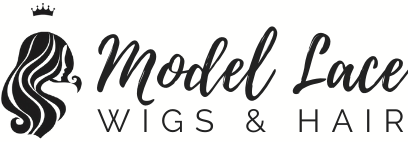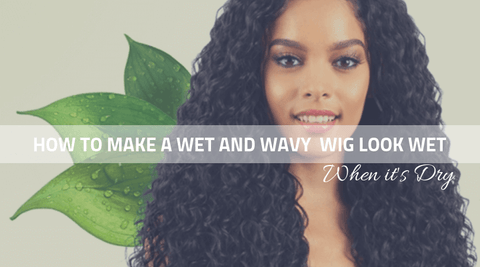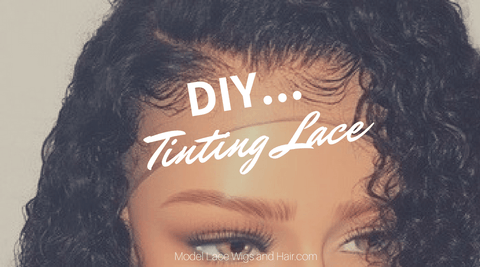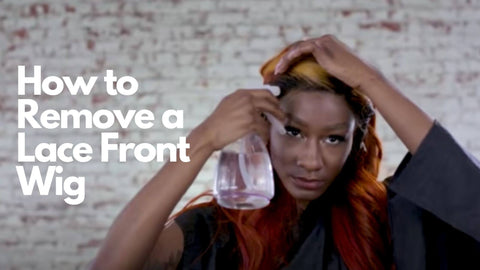Posted on March 27 2019

Some people are surprised to find how easily a human hair wig tangles, even with some of the most expensive human hair wigs on the market where you might expect better performance.
The truth is that all human hair wigs tangle up at times based on the wigs hair quality, how it was processed, your lifestyle and how you maintain your human hair wig.
We'll review several key reasons why human hair wigs tangle, and you'll find that with some precautions much of it can be managed.
Hair Cuticles Are Facing The Wrong Way
Chemical Damage
Besides chemicals used during that initial stage, there are other materials to watch out for during everyday wear. Exposure to chlorine, as well as the minerals found in hard water and seawater will damage human hair wigs, rendering them unmanageable.
Human Hair Wigs Lack Natural Oils
Conclusion
Scrubbing shampoo through the hair, scrubbing water on the cap, or scrubbing it clean with a towel will all cause knots, so refrain from any scrubbing of the wig hair.
Sweeping and brushing unidirectional motions work best, including when you're combing. Even sleeping in your wig matters, as the material of your bed sheets or pillows can suck out all of the moisture in your human hair wigs. Choose soft options.
The clothes you wear have a notable effect on the hair at your nape. Silky and satin fabrics work much better than highly fibrous alternatives like wool, which will cause undue friction and result in your hair clumping up in a ball. A curly hair wig will have a tougher time avoiding these issues.
Many things lead to matted hair, and not all of them are under your control. Nevertheless, with proper care and some precautions your human hair wig can fight off a lot of those pesky tangles and save you all the associated frustration.
|
Ann Koch This article may contain affiliate links or mention our own products, please check our disclosure policy here. |

 (
( (
(



0 comments